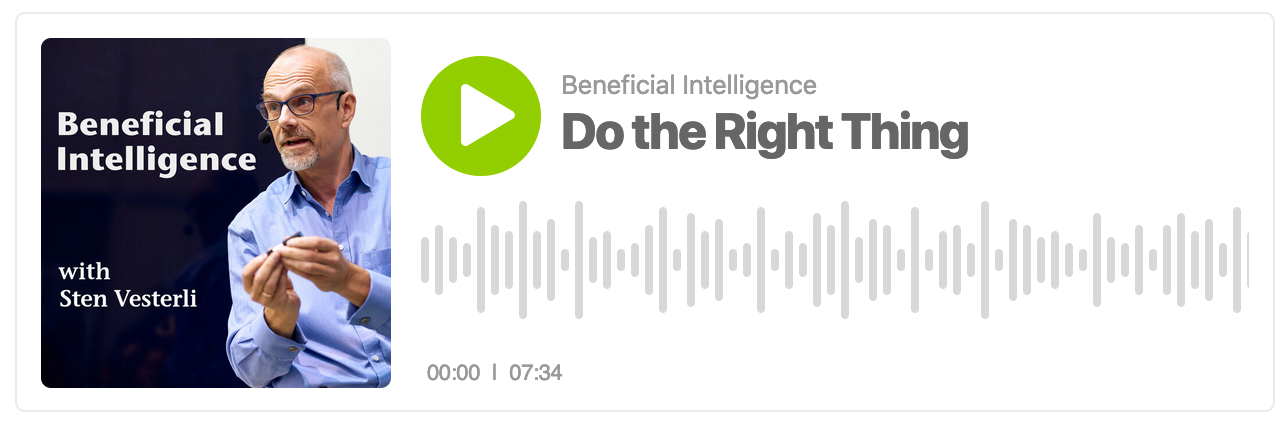This week’s episode of my podcast Beneficial Intelligence is about risks and rewards. Humans are a successful species because we are good at calculating risks and rewards. Similarly, organizations are successful if they are good at calculating the risks they face and the rewards they can gain.
Different people have different risk profiles, and companies also have different appetite for risk. Industries like aerospace and pharmaceuticals face large consequences if something goes wrong and have a low risk tolerance. Hedge funds, on the other hand, takes big risks to reap large rewards.
It is easy to create incentives for building things fast and cheap, but it is harder to create incentives that reward quality. Most organizations don’t bother with quality incentives and try to ensure quality through QA processes instead. As Boeing found out, even a strong safety culture does not protect against misaligned incentives.
As an IT leader at any level, it is your job to consider the impact of your incentive structure. If you can figure out a way to incentivize user friendliness, robustness and other quality metrics, you can create a successful IT organization. If you depend on QA processes to counterbalance powerful incentives to ship software, corners will be cut.
Listen here or find “Beneficial Intelligence” wherever you get your podcasts.









